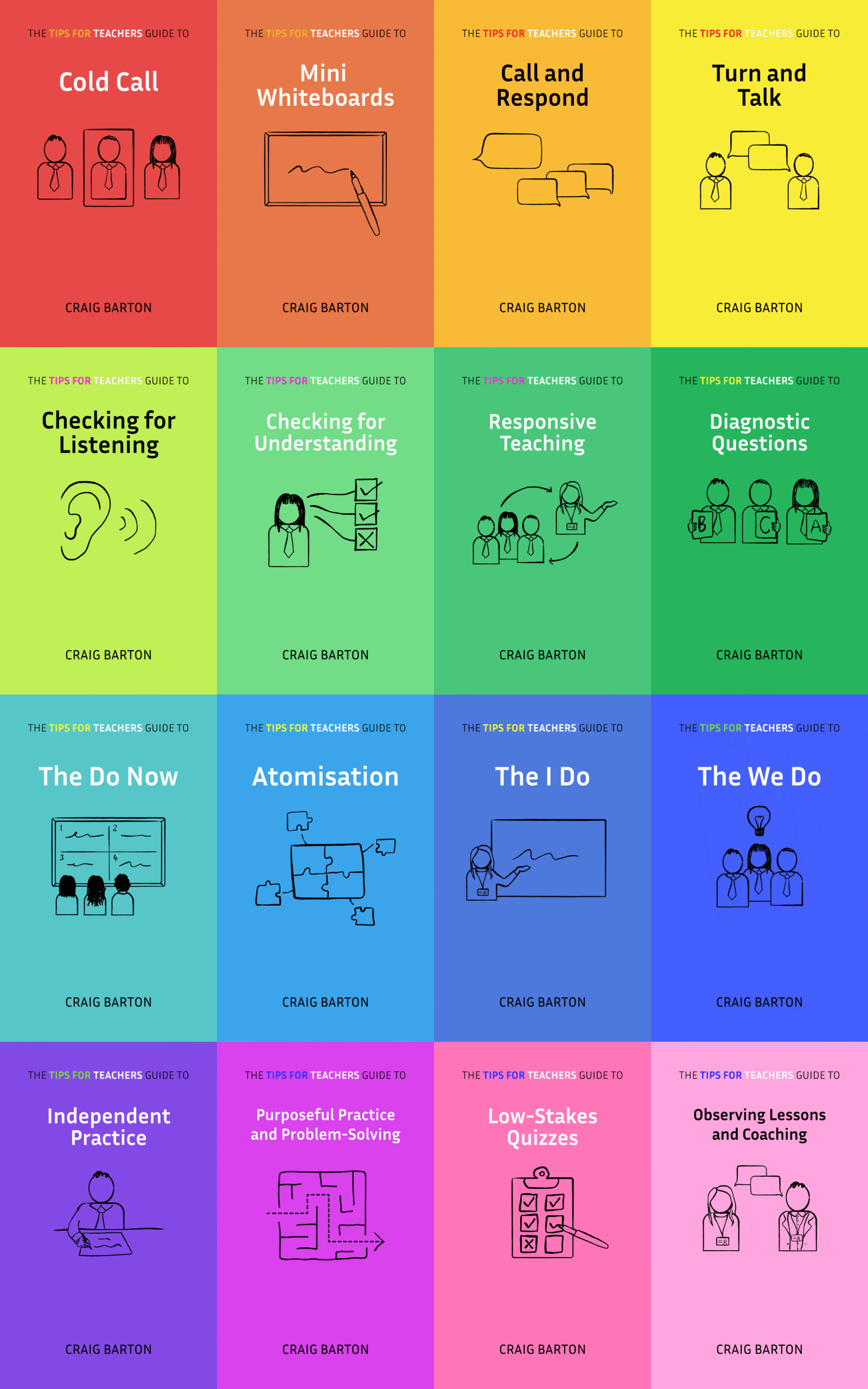
- Title: Why Minimal Guidance During Instruction Does Not Work: An Analysis of the Failure of Constructivist, Discovery, Problem-Based, Experiential, and Inquiry-Based Teaching
- Authors: Paul A. Kirschner, John Sweller, Richard E. Clarke
- Access the original paper here
- Listen to a deep-dive podcast:
- Video overview:
Paper summary
This excerpt from the research paper “Why Minimal Guidance During Instruction Does Not Work” argues that minimally guided instruction, such as discovery learning, inquiry-based learning, problem-based learning, and constructivist learning, is ineffective because it ignores the limitations of human cognitive architecture, specifically working memory. The authors posit that guided instruction is more effective and efficient than minimally guided instruction due to its ability to reduce cognitive load and support the formation of knowledge structures in long-term memory, especially for novice learners. This is supported by a review of empirical research, including studies of worked examples, process worksheets, and problem-based learning in medical education.
What are the key implications for teachers in the classroom?
- Teachers should employ direct, strong instructional guidance, rather than minimally guided instruction, when teaching novice to intermediate learners. This type of instruction should explicitly show students what to do and how to do it.
- Teachers should provide extensive guidance to novice learners who lack the knowledge in long-term memory to prevent unproductive problem-solving search. This guidance can be relaxed as learners gain expertise.
- Teachers should be aware of the limitations of problem-based learning. Although problem-solving is an important part of learning, research has shown that it can be an inefficient way to alter long-term memory. In addition, problem-solving search can overload working memory.
- Teachers should avoid confusing the practice of a discipline with the learning required to practice that discipline. For example, using the hypothetico-deductive method to teach problem-solving may not be the most effective method for learners to acquire problem schemata.
- Teachers should be mindful of the negative effects of minimally guided instruction. Students taught with unguided methods may develop incomplete or disorganized knowledge, and may even acquire misconceptions about the subject matter.
- Teachers should support less experienced or less able students by providing strong learning support and task-specific learning strategies. Without such support, these students may experience a measurable loss of learning.
- Teachers may consider using worked examples as a form of strongly guided instruction. For novice learners, studying worked examples is generally superior to having them discover or construct solutions to problems themselves. Worked examples can reduce working memory load and focus learners’ attention on the relationships between problem-solving steps.
- Teachers should structure worked examples in a way that does not impose a heavy cognitive load. Poorly structured worked examples can be just as demanding as problem-solving, negating the benefits of this instructional method.
- Teachers may use process worksheets as a tool to guide learners. These worksheets can describe the steps involved in solving a problem and offer helpful hints. Students can refer to these worksheets during the learning process and record intermediate problem-solving outcomes.








